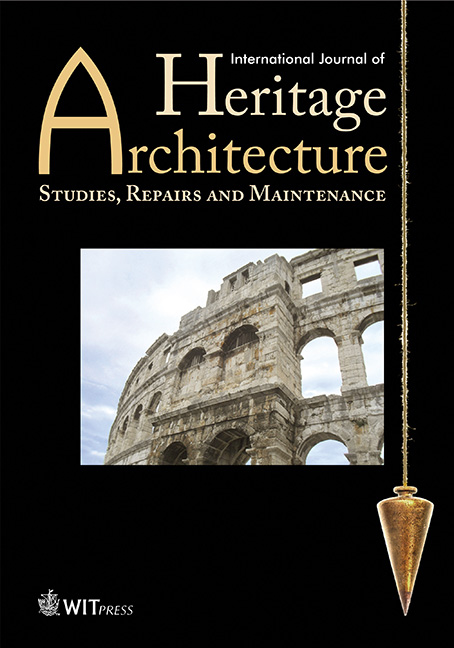TRANSFORMING THE TRANSFORMED
Price
Free (open access)
Volume
Volume 1 (2017), Issue 2
Pages
8
Page Range
247 - 255
Paper DOI
10.2495/HA-V1-N2-247-255
Copyright
WIT Press
Author(s)
S. CARSTENS
Abstract
The purpose of this article is to examine how Marinewerft Drontheim, U Boot Stutzpunkt DORA, established at Nyhavna (Trondheim, Norway) during World War II, faced fundamental changes regarding its physical outlook and intended role and use after World War II. The changes were due to an interplay of prewar plans, post-war distance towards occupation and changing socioeconomic realities and trends in urban development ideology. We ask how this German submarine base was understood in post-war Trondheim. How could the basic principles behind the gradual transformation into a massive non-military complex be described, and what was the result of this process? Trondheim is currently growing. The harbour areas are natural urban renewal sites. In 2015, the municipal authorities put forward a plan for the transformation of Nyhavna into an urban city area. Most of the post-war buildings were to be demolished; however, the remnants of the German naval yard were not to face such a destiny. These buildings with their ‘extreme’ architecture and massively powerful outlook appear as a defining principle for further development of a new urban city district. The article examines the changing perspectives, visions and understandings applied by local authorities during the last decades. This leads towards an understanding of how this area came to be regarded as a potential hub for a major urban redevelopment plan transforming a post-military/industrial town area into an area wherein the larger part is occupied by residential quarters.
Keywords
German submarine base, occupation, post-war transformation, transformation of the post-war transformation




